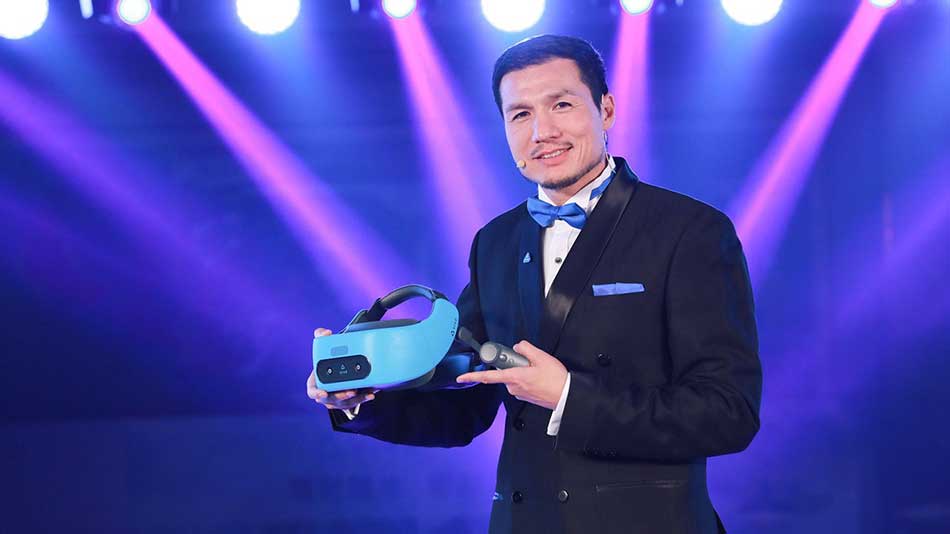
What trends will shape virtual and augmented reality in the coming year? According to the head of HTC Vive.
With the launch of Vive Cosmos HTC clearly made a false start due to technical problems. But the brand Vive remains a potentially strong player in the VR market. What sees and what the Taiwanese company is planning for the coming year in VR?
At the conference of Nvidia GTC 19 in China, the President of Vive Alvin van Greylin shared his predictions for 2020:
- Six degrees of freedom for the head and hands must be the new standard input for the self-sufficient (Autonomous) virtual reality glasses.
- Natural interaction through movements of the eyes, hands and voice has become more important.
- Streaming VR content from a PC to a self-sufficient device — a preparation for the virtual reality from the cloud. Oculus VR offers wired broadcast using the Oculus Link, HTC broadcasts on the wireless network from Viveport.
- The impact of 5G on the VR will not be significant in 2020.
- Content AAA should provoke an increase in demand for VR. Valve releases Half-Life: Alyx in March — this event will be a powerful incentive for industry in General.
- Market XR should switch, especially in the B2B sector.
- More VR devices must be equipped with a function AR.
- Easy points XR with connection to the pocket PC or smartphone will not be issued.
- AR glasses will remain significant and relevant for the industry and commercial sector.
- China’s influence on the VR market should increase significantly.
Vive is also launching a competition for developers of innovations XR with a focus on new forms of interaction, such as tracking of the eyes, hands and lips. The competition will be held in London from 24 to 26 January 2020. Information for registration.
Source








